Shipping goods from China to Mexico presents a unique blend of challenges and opportunities for businesses looking to expand their reach in the global market. As demand for efficient logistics solutions continues to rise, understanding the dynamics of sea freight between these two key regions is essential. With increasing container shipments fueled by e-commerce growth and favorable trade agreements like the USMCA, companies can leverage various shipping options to optimize their operations. However, navigating the complexities of customs clearance, fluctuating shipping costs, and potential disruptions requires expertise and strategic planning. Partnering with a reliable freight forwarder, such as Dantful International Logistics, can empower businesses to successfully navigate this evolving landscape, ensuring timely deliveries and compliance with regulations.
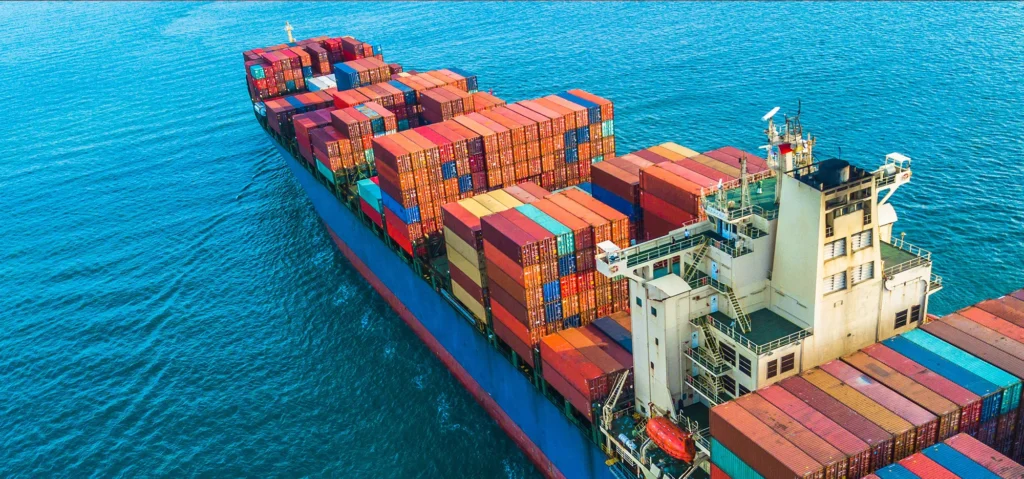
Why China to Mexico Sea Freight is Skyrocketing
Recent Surge in Container Shipments
The sea freight from China to Mexico has seen an unprecedented increase over the past few years, particularly during the aftermath of the COVID-19 pandemic. According to recent data from the United Nations Conference on Trade and Development (UNCTAD), global container trade volume has risen significantly, with Asia to North America routes witnessing a substantial uptick in activity. In 2022 alone, shipments from China to Mexico grew by over 20%, driven by increased demand for goods ranging from electronics to consumer products. The resilience of the supply chain, combined with the shift towards e-commerce, has intensified the need for effective shipping solutions.
Factors Driving the Growth
Several factors contribute to the skyrocketing sea freight from China to Mexico. First, the growing manufacturing capabilities in China continue to make it a vital source for goods, particularly for the North American market. Additionally, Mexico’s proximity to the United States has made it an attractive destination for companies looking to streamline their logistics and reduce shipping times. The implementation of trade agreements, such as the United States-Mexico-Canada Agreement (USMCA), has further bolstered trade relations between these nations, resulting in increased container movements.
Moreover, the rising costs of air freight have prompted many businesses to pivot towards ocean freight as a more cost-effective alternative. As companies reassess their supply chains, they are inclined to explore long-term partnerships with reliable freight forwarders, such as Dantful International Logistics, which offers comprehensive and professional services tailored to their needs.
Navigating China to Mexico Ocean Freight Options
Direct vs. Indirect Routes
When considering ocean freight from China to Mexico, businesses typically have to choose between direct and indirect routes. Direct shipping routes offer faster transit times, but they may come at a premium cost. Conversely, indirect routes, which involve multiple stops and transshipment, can provide a more economical option but may lead to longer shipping durations.
Choosing the most suitable option depends on various factors, including budget constraints, delivery timelines, and the nature of the goods being shipped. It is crucial for importers to work closely with experienced freight forwarders like Dantful International Logistics to determine the best strategy that aligns with their logistics requirements and financial goals.
Popular Ports and Shipping Lanes
The key ports involved in sea freight transit from China to Mexico include major hubs such as Shanghai, Shenzhen, and Ningbo in China, with direct arrivals at ports like Manzanillo and Veracruz in Mexico. These ports are critical for facilitating smooth logistics and ensuring timely delivery.
It’s essential to understand the major shipping lanes that connect Asia to Mexico. The most commonly used route is through the Pacific Ocean, often involving the Panama Canal for vessels making their way to the eastern coast of Mexico. Understanding these shipping lanes and port operations can save time and costs, which is why partnering with a reputable freight forwarder like Dantful International Logistics can provide valuable insights and assistance, ensuring a seamless shipping experience.
Cost Factors in China-Mexico Sea Freight
Container Types and Sizes
The cost of sea freight from China to Mexico is significantly influenced by the type and size of containers used for shipping. The standard container types include 20-foot containers, 40-foot containers, and 40-foot high cube containers. Each type has its own capacity and cost implications. For instance, a standard 20-foot container can hold approximately 28-30 cubic meters of cargo, while a 40-foot container can accommodate around 58-60 cubic meters.
Choosing the right container type is crucial, as it directly impacts shipping costs. Additionally, specialized containers, such as reefer containers for temperature-sensitive goods, may incur higher fees due to their specific handling and operational requirements. Companies need to work with experienced freight forwarders like Dantful International Logistics to determine the most suitable container type based on their cargo and budget constraints.
Shipping Rates and Trends
Shipping rates can fluctuate based on various market factors, including supply and demand dynamics, fuel prices, and seasonal trends. In recent years, the rates for ocean freight from China to Mexico have experienced significant volatility, particularly in periods of high demand or global disruptions. For instance, the Freightos Baltic Index indicates that spot rates for container shipments saw an increase of up to 50% in 2021 due to supply chain constraints and rising demand.
It’s essential for importers to stay informed about current shipping rates and trends to budget effectively. Collaborating with a professional freight forwarding service like Dantful International Logistics can provide access to real-time rate information and insights into market trends, enabling businesses to make informed decisions about their shipping strategies.
READ MORE:
- Shipping From China to the United States
- Shipping From China TO Canada
- Shipping From China TO Mexico
- Shipping From China to Panama
- Shipping From China to Costa Rica
- Shipping From China to Brazil
- Shipping From China TO Colombia
- Shipping From China to Jamaica
- Shipping From China to Venezuela
Additional Fees and Charges
In addition to the base shipping rates, various additional fees and charges can impact the total cost of shipping. These may include:
- Terminal handling charges: Fees for loading and unloading cargo at the port terminals.
- Documentation fees: Charges for processing shipping documents and customs paperwork.
- Bunker adjustment factor (BAF): A surcharge reflecting fluctuations in fuel prices.
- Container deposits: Fees associated with the temporary use of shipping containers.
Transit Times: What to Expect When Shipping from China to Mexico
Average Durations for Different Routes
The transit times for shipping from China to Mexico can vary based on the chosen route and the specific ports of departure and arrival. Generally, the average durations for common shipping routes are as follows:
- Direct Route: Approximately 20 to 30 days from major ports in China (like Shanghai or Shenzhen) to ports in Mexico (such as Manzanillo or Veracruz).
- Indirect Route: Approximately 30 to 45 days, factoring in additional stops and transshipment points.
Shippers must understand these timelines to manage their supply chains effectively, especially for time-sensitive shipments.
Factors Affecting Transit Times
Several factors can influence transit times when shipping from China to Mexico:
- Port Congestion: High traffic at ports can lead to delays in loading and unloading operations, impacting overall shipping times.
- Weather Conditions: Adverse weather conditions can affect shipping schedules and cause unexpected delays.
- Customs Clearance: Delays in customs processing can significantly extend transit times, especially if documentation is incomplete or inaccurate.
- Vessel Availability: The scheduling of vessels can also impact shipping times, as delays in departure or arrival can occur.
To mitigate these potential delays, it’s essential to work with a freight forwarder like Dantful International Logistics, which can provide valuable support in navigating customs regulations and optimizing shipping routes to ensure timely deliveries.
Customs Clearance and Documentation for China-Mexico Shipments
Required Paperwork
When shipping goods from China to Mexico, proper documentation is crucial for smooth customs clearance and timely delivery. Key paperwork typically includes:
- Commercial Invoice: This document outlines the transaction, detailing the goods being shipped, their value, and terms of sale.
- Packing List: A detailed inventory of all items in the shipment, including weights and dimensions, which helps customs verify the contents.
- Bill of Lading (BOL): A legal document between the shipper and carrier that outlines the specifics of the shipment, including the destination and handling instructions.
- Certificate of Origin: This document certifies the country of origin of the goods and may be necessary for certain tariff treatments under trade agreements.
- Import Permits: Depending on the type of goods being imported, additional permits may be required, especially for regulated items such as food products or pharmaceuticals.
Ensuring that all required paperwork is accurately prepared and submitted is essential to avoid delays and additional fees. Collaborating with an experienced freight forwarder like Dantful International Logistics can simplify this process, as they provide guidance on documentation requirements specific to China-Mexico shipments.
Customs Procedures in Mexico
Customs procedures in Mexico involve several steps that importers must navigate to ensure compliance with local regulations. Initially, upon arrival at the port, customs authorities will examine the documentation submitted, including the commercial invoice and packing list. Following this, the following key steps typically occur:
- Customs Inspection: Depending on the type of goods and the risk assessment, customs may require a physical inspection of the cargo.
- Duties and Taxes Payment: Importers must pay any applicable tariffs and taxes on their shipments, which can vary based on the product classification under the Harmonized System (HS) codes.
- Release of Goods: Once all documentation has been verified and duties paid, customs will release the goods for delivery to the designated location.
Working with an adept freight forwarder like Dantful International Logistics can greatly facilitate this process, as they are well-versed in Mexican customs regulations and can help ensure that all procedures are followed correctly.
Choosing the Right Freight Forwarder for Your China-Mexico Shipments
Key Factors to Consider
Selecting the right freight forwarder is critical for successful China-Mexico shipments. Here are some key factors to consider when making your choice:
- Experience and Expertise: Opt for a freight forwarder with specific experience in handling shipments between China and Mexico, as they will be better equipped to navigate the complexities of customs and shipping regulations.
- Network and Partnerships: A forwarder with a strong global network can offer better options for shipping routes, rates, and timely communication with local partners in both countries.
- Service Range: Ensure the freight forwarder provides comprehensive services, including customs clearance, documentation assistance, warehousing, and insurance options.
- Customer Support: Choose a forwarder that offers robust customer support, providing updates and assistance throughout the shipping process.
Top Freight Forwarders Specializing in This Route

While there are several freight forwarders specializing in the China-Mexico route, it’s essential to identify those that have a proven track record. Among the reputable options, Dantful International Logistics stands out for its commitment to providing a highly professional, cost-effective, and high-quality one-stop international logistics service. With extensive experience in navigating the complexities of international shipments, Dantful offers tailored solutions that cater specifically to your needs, ensuring compliance and efficiency at every stage of the shipping process.
Dantful International Logistics Services:
- Dantful Ocean Freight Services
- Air Freight From China
- Amazon FBA Freight Forwarding
- WAREHOUSE Services
- One-Stop Customs Clearance Solution
- Cargo Insurance Services in China
- DDP Shipping Services By Dantful Logistics
- Out of Gauge Cargo Transportation Shipping Services
Challenges and Opportunities in China-Mexico Sea Freight
The sea freight landscape between China and Mexico is characterized by both challenges and opportunities that importers must navigate to optimize their shipping strategies. Understanding these dynamics can lead to more informed decisions and improved operational efficiency.
Challenges
- Port Congestion: Ports in both China and Mexico often face congestion, stemming from high shipping volumes and limited capacity. This can lead to delays in loading and unloading, impacting transit times and increasing costs.
- Regulatory Compliance: Navigating the customs regulations in both countries can be complex, particularly with changing trade agreements and requirements. A lack of awareness or mismanagement of documentation can result in delays and fines.
- Market Volatility: Fluctuating shipping rates, influenced by global trade dynamics, fuel costs, and seasonal demand, can pose challenges for businesses to maintain cost-effective shipping practices.
- Supply Chain Disruptions: Global events, such as pandemics or geopolitical tensions, can disrupt shipping routes and schedules, necessitating quick adaptation by businesses.
Opportunities
- Growing E-commerce Demand: The rise of e-commerce, especially post-pandemic, has created an opportunity for increased shipments from China to Mexico, as businesses seek efficient logistics solutions to meet consumer demands.
- Trade Agreements: The United States-Mexico-Canada Agreement (USMCA) facilitates trade between these nations and presents an advantageous framework for companies looking to import goods from China to Mexico.
- Innovation in Logistics: Advances in tracking technology and logistics management software can enhance visibility and efficiency, allowing businesses to streamline their operations and reduce costs.
- Diverse Shipping Options: The variety of available shipping routes and services offers flexibility for businesses to find solutions that best meet their unique needs, whether opting for direct or indirect routes.
FAQs
- What are the typical transit times for sea freight from China to Mexico?
- Average transit times range from 20 to 30 days for direct routes and 30 to 45 days for indirect routes, depending on factors like port congestion and shipping schedules.
- What documentation is needed for shipping from China to Mexico?
- Required documents typically include a commercial invoice, packing list, bill of lading, certificate of origin, and any necessary import permits.
- What factors affect shipping costs from China to Mexico?
- Shipping costs can be influenced by container types and sizes, prevailing shipping rates, additional fees like terminal handling and documentation charges, and fuel prices.
- How can I ensure smooth customs clearance in Mexico?
- Working with an experienced freight forwarder, such as Dantful International Logistics, can help ensure that all documentation is correct and that you are compliant with Mexico’s customs regulations.
- What challenges should I be aware of when shipping from China to Mexico?
- Key challenges include port congestion, regulatory compliance, market volatility, and potential supply chain disruptions. Understanding these can help in planning and mitigation strategies.
References
- United Nations Conference on Trade and Development (UNCTAD) – Container Shipping Market: Developments and Prospects
- Freightos Baltic Index – Global Freight Rate Trends
- United States-Mexico-Canada Agreement (USMCA) – U.S. Trade Representative Overview

Young Chiu is a seasoned logistics expert with over 15 years of experience in international freight forwarding and supply chain management. As CEO of Dantful International Logistics, Young is dedicated to providing valuable insights and practical advice to businesses navigating the complexities of global shipping.


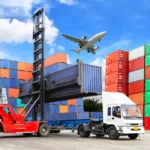
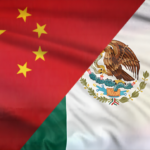







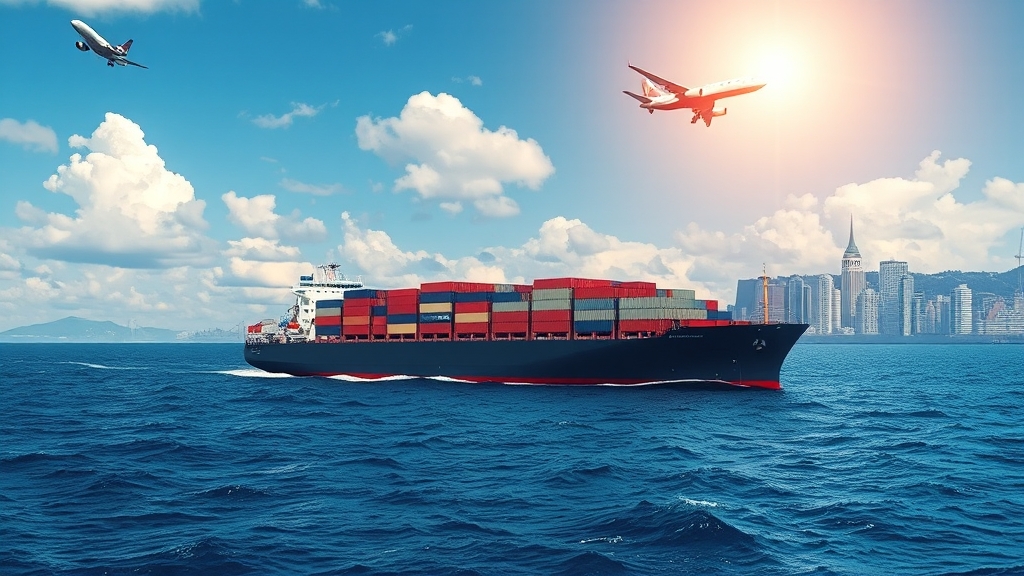

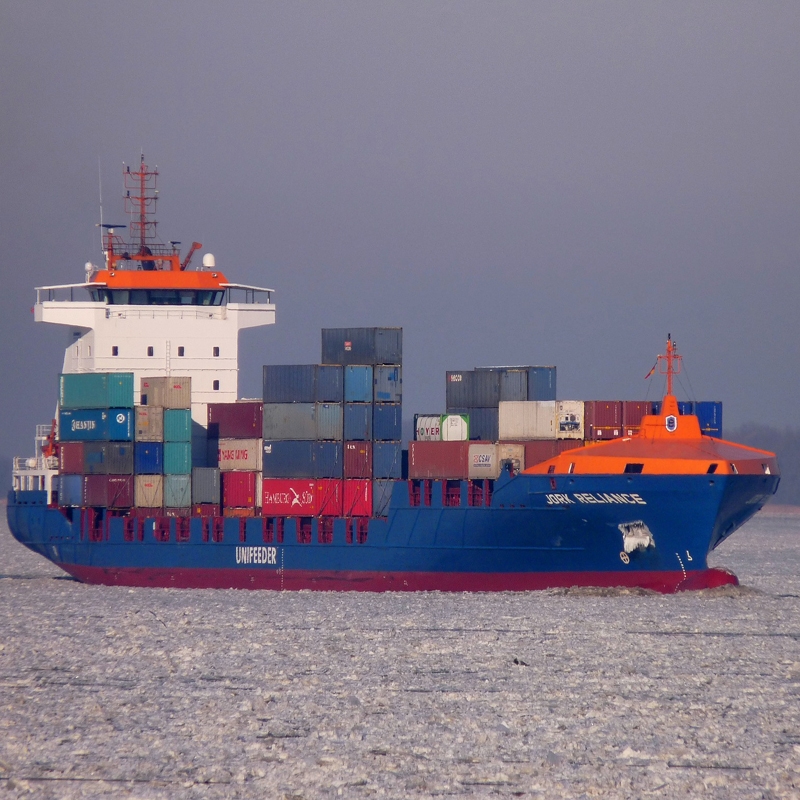
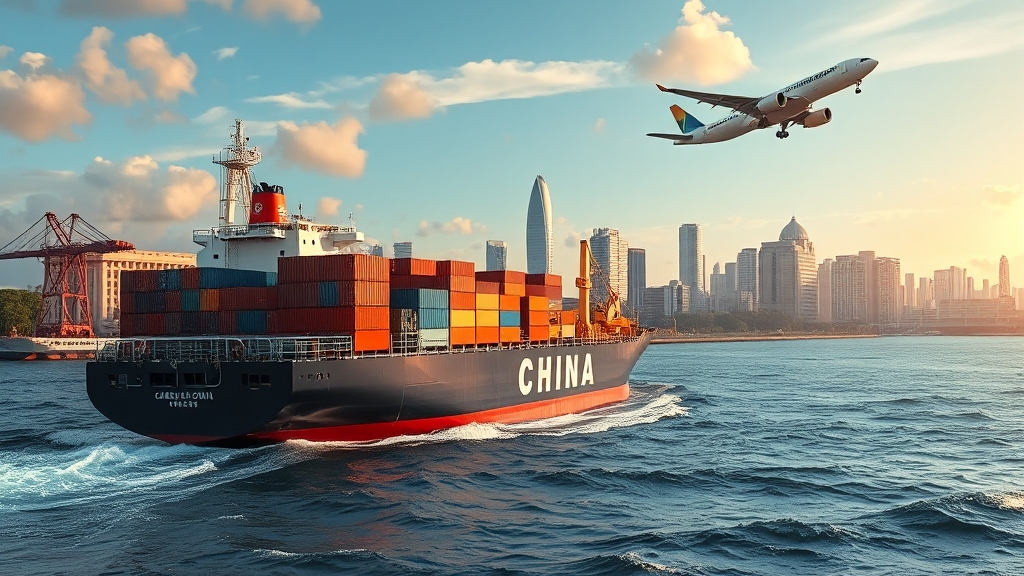
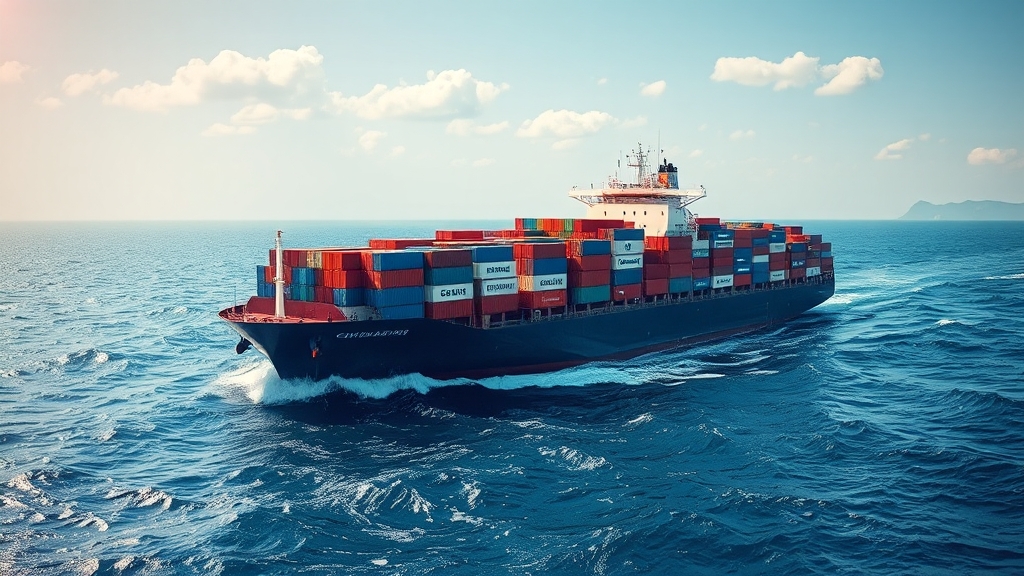





 Afrikaans
Afrikaans Shqip
Shqip አማርኛ
አማርኛ العربية
العربية Հայերեն
Հայերեն Azərbaycan dili
Azərbaycan dili Euskara
Euskara Беларуская мова
Беларуская мова বাংলা
বাংলা Bosanski
Bosanski Български
Български Català
Català Cebuano
Cebuano Chichewa
Chichewa 简体中文
简体中文 繁體中文
繁體中文 Corsu
Corsu Hrvatski
Hrvatski Čeština
Čeština Dansk
Dansk Nederlands
Nederlands English
English Esperanto
Esperanto Eesti
Eesti Filipino
Filipino Suomi
Suomi Français
Français Galego
Galego ქართული
ქართული Deutsch
Deutsch Ελληνικά
Ελληνικά Kreyol ayisyen
Kreyol ayisyen Harshen Hausa
Harshen Hausa Ōlelo Hawaiʻi
Ōlelo Hawaiʻi עִבְרִית
עִבְרִית हिन्दी
हिन्दी Hmong
Hmong Magyar
Magyar Íslenska
Íslenska Igbo
Igbo Bahasa Indonesia
Bahasa Indonesia Gaeilge
Gaeilge Italiano
Italiano 日本語
日本語 Basa Jawa
Basa Jawa ಕನ್ನಡ
ಕನ್ನಡ Қазақ тілі
Қазақ тілі ភាសាខ្មែរ
ភាសាខ្មែរ 한국어
한국어 كوردی
كوردی Кыргызча
Кыргызча ພາສາລາວ
ພາສາລາວ Latin
Latin Latviešu valoda
Latviešu valoda Lietuvių kalba
Lietuvių kalba Lëtzebuergesch
Lëtzebuergesch Македонски јазик
Македонски јазик Malagasy
Malagasy Bahasa Melayu
Bahasa Melayu മലയാളം
മലയാളം Maltese
Maltese Te Reo Māori
Te Reo Māori मराठी
मराठी Монгол
Монгол ဗမာစာ
ဗမာစာ नेपाली
नेपाली Norsk bokmål
Norsk bokmål پښتو
پښتو فارسی
فارسی Polski
Polski Português
Português ਪੰਜਾਬੀ
ਪੰਜਾਬੀ Română
Română Русский
Русский Samoan
Samoan Gàidhlig
Gàidhlig Српски језик
Српски језик Sesotho
Sesotho Shona
Shona سنڌي
سنڌي සිංහල
සිංහල Slovenčina
Slovenčina Slovenščina
Slovenščina Afsoomaali
Afsoomaali Español
Español Basa Sunda
Basa Sunda Kiswahili
Kiswahili Svenska
Svenska Тоҷикӣ
Тоҷикӣ தமிழ்
தமிழ் తెలుగు
తెలుగు ไทย
ไทย Türkçe
Türkçe Українська
Українська اردو
اردو O‘zbekcha
O‘zbekcha Tiếng Việt
Tiếng Việt Cymraeg
Cymraeg יידיש
יידיש Yorùbá
Yorùbá Zulu
Zulu